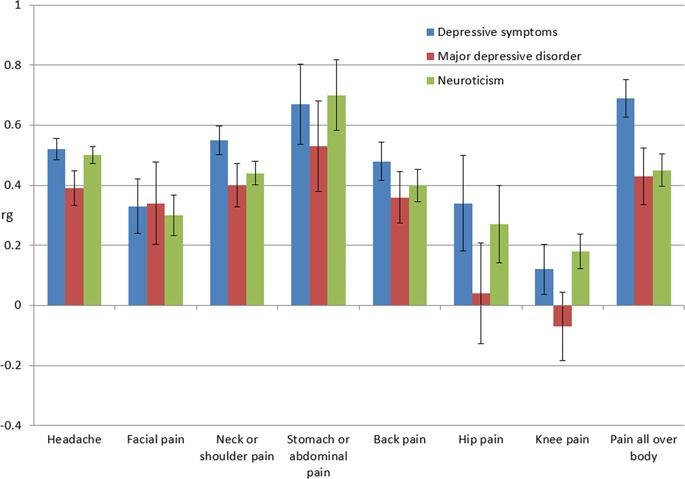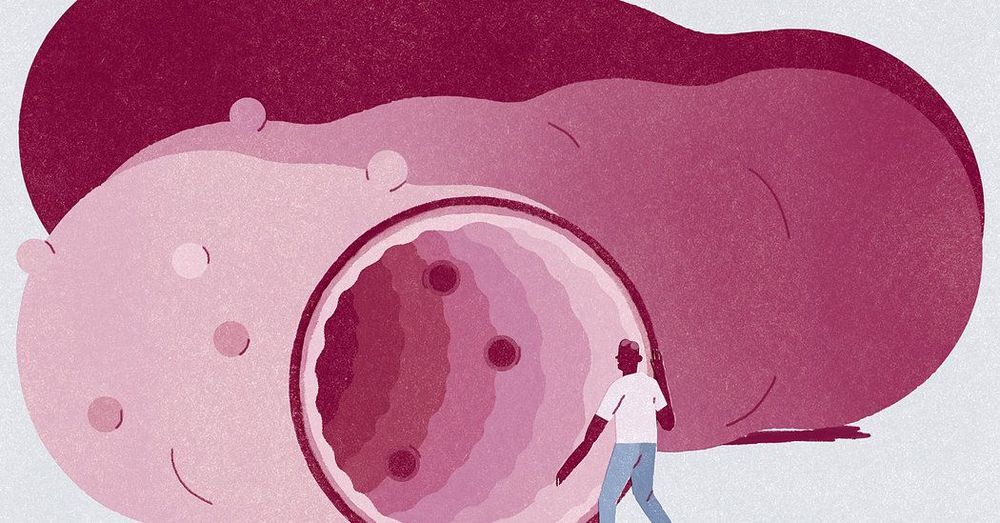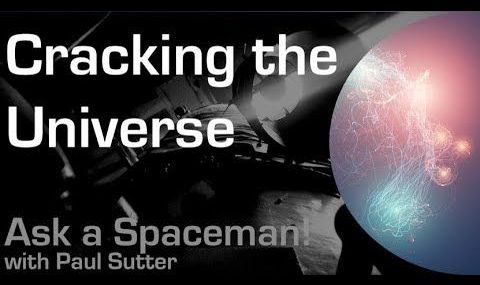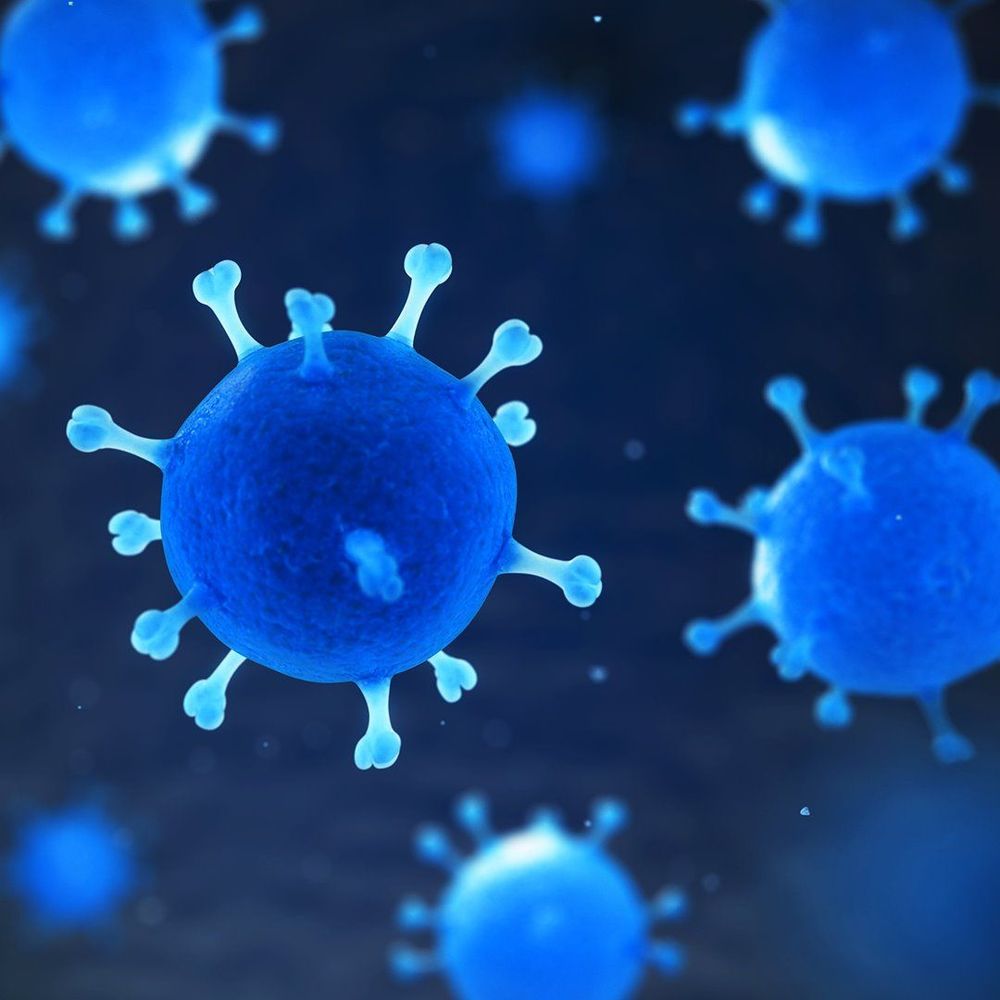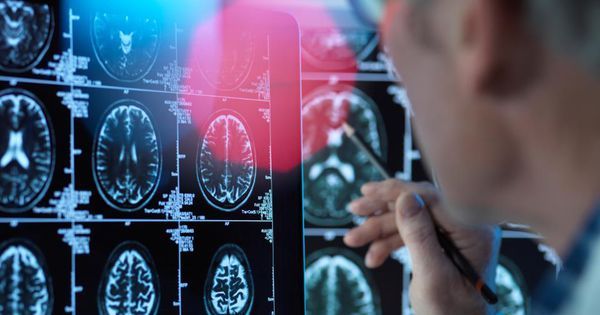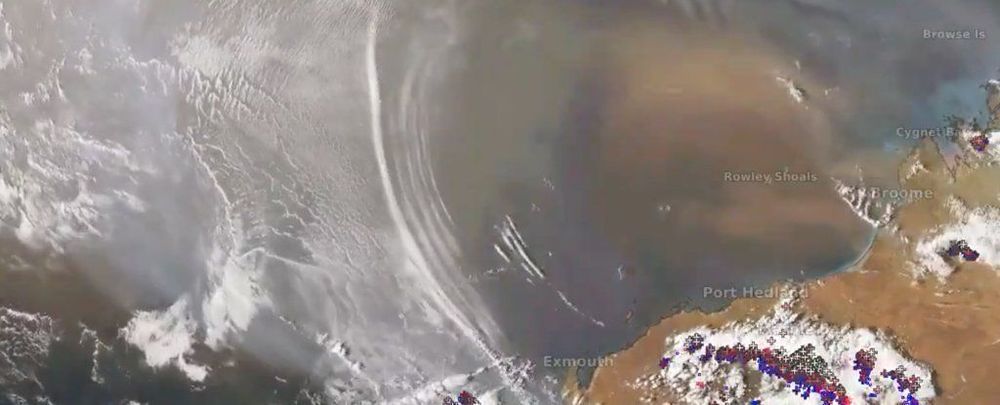
A failing pipe can be tough to spot. It may cause a puddle, produce another sign of damage, or simply burst before detection. A flooded kitchen or laundry room is messy and inconvenient, but the stakes are much, much higher in nuclear power plants—which on average contain many miles of pipeline.
As concern about aging plants escalates, Vanderbilt engineers are working on an early warning system. They are using polymer coatings on the inside of the pipe and 3D-printed polymer devices infused with nanoparticles as sensors to signal the changes on the outside of the pipe. And, they hope, sound.
A huge challenge is to detect the changes in the polymer film occurring inside the pipe. To create a useful and proactive technique, the team wants to use sound, or vibrometry, to identify these internal changes from outside the pipe.

